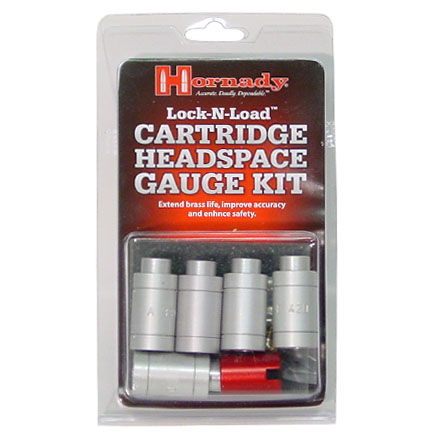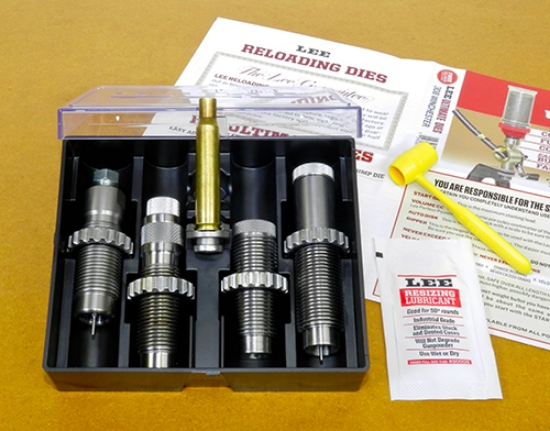Okay here's the long version…
I've loaded my first pistol rounds, but I've not yet loaded any rifle rounds. While learning I simply sat up my press at my computer desk and figured I would move it to the garage once I got the process down. Other than a LEE press throwing spent primers everywhere; things went smoothly.
I deprimed .308 brass using a universal depriming die and then wet tumbled it clean. I lubed the case and case mouth with Imperial sizing die wax. It took a lot of pressure to run the sizing die. So much that I had to take the press to the garage and bolt it down to my bench. Now… I don't have anything to compare this to, so I thought that must be how it is.
But then I started thinking maybe the die was set wrong. I set it the way it said to in the LEE instructions. So I thought I should get a case gauge to check, before I went any farther. I haven't tried it in the rifle, but I don't think I could tell a few thousandths difference? And I wouldn't think that the fact that the bolt would close would mean much??
I'll be using these rounds in two different rifles. I thought that before I load a bunch of out of spec ammo, a $30 case gauge would be a good investment.
I don't have quick access to a range to test rifle ammo, I do most of my rifle shooting out of state. So other than varying bullet weight and powder loads, I'm trying to keep everything else as close to perfect as I can.
Ok, setting the Lee Pacesetter dies per instructions gets you most if not all the way there, the cheap way is to size the die, use a sharpie to mark the shoulder of the sized case, then drop into your rifle chamber and attempt to close the bolt. If it is too hard or impossible to close, and when you extract, the sharpie marks show gold marks, it means you didn't bump the shoulder enough, turn your die about an 1/8th, to a 1/4 turn and resize the case. Remember to keep your case lubed, a very light lube is fine, but relube after the second time you size it. Color the case again if it got removed. Redo the chambering process again and repeat the steps until the bolt closes smoothly, and the sharpie shows no or very light brass ring on it. Once that is done, your dies are set, for that rifle.
Now is where the Hornady gauge comes into play. Using the headspace gauge, you can measure your case and record the number for that rifle. Repeat for any other rifles in 308 you may have and you now have the numbers you need to repeat the case measurements for awhile (will change over time).
If you don't have calipers, the Harbor Freight ones work just fine, both
the metal, and the
plastic ones have shown to be very repeatable and the tolerance is ok for reloading purposes. I like the metal digital ones, and paid under $10 for them, though now they are about $20 (plastic is still $10) and they did away with the coupon. Both would do what you need until you find a decent deal on a better set, if you even want to upgrade.
The headspace gauges, and comparator gauges IMO, are very useful, but not entirely necessary, but you end up getting further and further into the rabbit hole as you go. The caliber specific gauges are not very economical IMO, you are better off spending that money elsewhere. The only gauges I have are the Sheridan gauges for my 300Blk and 277Wlv, but that is because those I make out of 5.56 cases and the cut-out shows any problem areas. But they are too pricey to get for the rest of the calibers, and again, not as useful in the scheme of things. As others have said, PM me and I'll send you my number to walk you through the process if you like.




